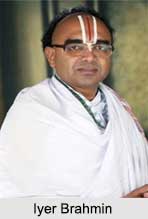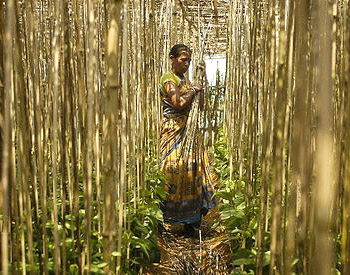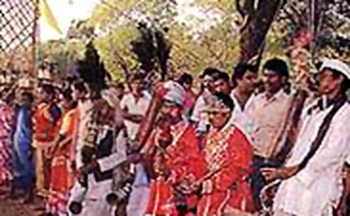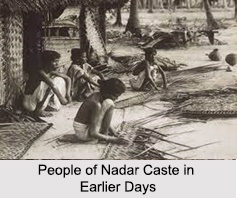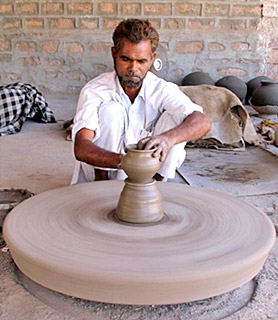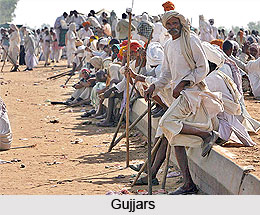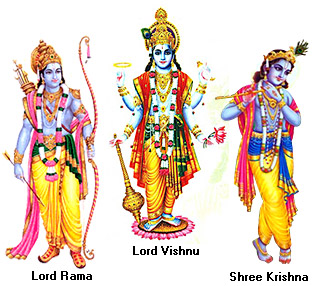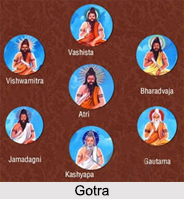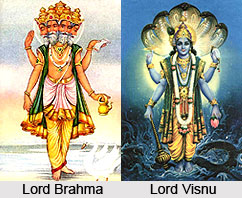 Goraksasataka, one of the major texts of the literature of the Gorakhnathis, mainly deals with the major concepts in Gorakhnathi sect. The primary interest of the Goraksasataka is with the major parts of the body, the trunk, neck and head. The nine doors are the seven in the head and the two at the base of the trunk. To these added is the hole in the skull as a tenth door, and it is through this that the liberated soul escapes. The divinities are Lord Brahma, Lord Visnu, Rudra, Isa and Sadasiva, each of whom is assigned to a particular `centre`. More specifically, the entire system is concerned with the body from the standpoint of the two breaths, the six circles, the three channels, Shakti (Kundalini) and Shiva.
Goraksasataka, one of the major texts of the literature of the Gorakhnathis, mainly deals with the major concepts in Gorakhnathi sect. The primary interest of the Goraksasataka is with the major parts of the body, the trunk, neck and head. The nine doors are the seven in the head and the two at the base of the trunk. To these added is the hole in the skull as a tenth door, and it is through this that the liberated soul escapes. The divinities are Lord Brahma, Lord Visnu, Rudra, Isa and Sadasiva, each of whom is assigned to a particular `centre`. More specifically, the entire system is concerned with the body from the standpoint of the two breaths, the six circles, the three channels, Shakti (Kundalini) and Shiva.
The body is pervaded by ten airs which are conceived of as vital powers, or functions of the human organism; specifically and particularly of the senses and the involuntary processes, moving in channels, or paths, called nadi, which are found in all parts of the body. Five of these airs are of more importance to the Gorakhnathis and importantly the concepts in Gorakhnathi sect comparatively than are the others, and of the five two are of special interest; and, finally, prana, as the function of breathing, is primary. Prana, vayu and maruta means not merely air, or breathe, but actually the vital force, the principal of life, vitality, the antithesis of physical or bodily inertness and death. The prana is often identified with the individual soul (jiva).
The airs are as follows -
•The prana, that is breathe, is having its chief seat in the region of the heart. It is always found in the mouth, the nose, the navel, the kanda and the toe. It is the most important of all the airs and its control (pranayama) is fundamental in the Hatha Yoga. The Upanishad knows a single vital principle (prana) which derives its existence from the self and which superintends the other functions.
•Apana, the air of the lower part of the trunk, has its chief seat in the rectum. It functions in the voiding of faeces and urine and in other vital forces operating in the various functions of the lower portion of the body. It is found in the rectum, male organ, thighs, knees, lower abdomen, waist, and navel.
•Samana (samavayu), whose chief seat is the region of the navel, is the function of digestion. This air, or intestinal fire, resides in all the limbs and makes the body dry.
•Udana, residing in the middle of the throat is the function of speech. It is active also in the hands and feet and causes enlargement of the body.
•Vyana pervades the whole body and operates in the ears, lips, throat, nose, mouth, cheeks and the navel.
Apart from these vital airs, the other vital airs of importance to the Gorakhnath yogis, according to the concepts in Gorakhnathi sect are mentioned below -
•Naga, which causes eructation;
•Kurma, which functions in winking;
•Krkara which causes sneezing or hunger;
•Devadatta, yawning
•Dhananjaya; the air which remains in the body after death
Moreover, the concepts in Gorakhnathi Sect also describes that Prana and apana, `situated above and below` the diaphragm, are the most important and receive the most attention in the system. They are `joined` in the navel. To the Kanphata Yogi, the navel is the centre of the body. Apana is drawn up to the navel, by the prana; and is there united with it (the prana). Prana and apana alternately draw each other. In pronouncing `ha`, apana expels prana; and in pronouncing `sa`, prana drives down apana. Thus is described the breatheing process and it is conceived of as an expelling and inhaling of the jiva, or soul, which, because of lack of clear insight, identifies with the process. It is said that the final going out of prana is the exit of jiva in death. The word, `hamsa`, derived from the process of breathing (ha+sa) becomes a mantra, called the ajapa gayatri, the unuttered Gayatri mantra. So, the Yogi `repeats` this mantra, of incalculable power, continually, twenty-one thousand six hundred times in a day and a night.
The vital concepts in Gorakhnathi sect also states that the knowledge of how the practice of yoga is done is of great importance to the yogis. In yoga practice, prana and apana are to be joined. The vital forces function through the nadis, sometimes called channels or arteries, or fibres. They are paths of power, not gross channels, but subtle lines. Among these seventy-two are of considerable importance, but they are not named. The nadis are spoken of as a network pervading the body and having their origin in the kanda. They all have their ends (outlets) in the openings of the body. The ten chief nadis are ida and pingala, susumna, gandhari, hastijihva, pusa, yasasvini, alambusa, kuhus and samkhini. Of these nadis the first three are the most important and receive major attention as the paths of the prana. They are of vital importance in pranayama and the raising of Kundalini Shakti. The first two are subordinate to the third, through which, by Yoga, prana is supposed to pass by way of the various centres out of the body through the brahmarandhra.
The lotuses, wheels, circles, centres are conceived of as positions or locations in the body where the various aspects of vital force reside. The circles, or lotuses, are a characteristic element in Gorakhnathi sect conception of the Hatha Yoga. The lotuses, except the last are also called Pithas, and are seats of Shakti.
The names and locations of the various chakras or circles, beginning with the lowest, are as follows -
•Muladhara Chakra, at the base of the spinal column
•Svadhisthana Chakra, at the root of the male organ
•Manipuraka Chakra, in the region of the navel
•Anahata Chakra, the heart lotus
•Visuddha Chakra, in the throat
•Ajna Chakra, between the eyebrows, within the skull
Related to these most intimately, are two other regions of the body, the kanda and the brahmarandhra; the former the lower part of the abdomen, the source of all the nadis the latter at the anterior fontanels. Thus, the concepts of Gorakhnathi sect specify about the voluntary control that the Gorakhnathis exercises over consciousness and their ability of self hibernation.










